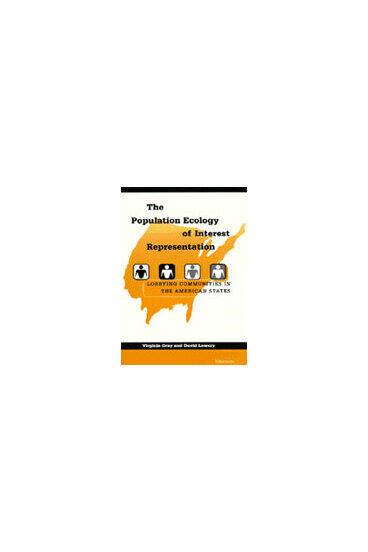The Population Ecology of Interest Representation
Lobbying Communities in the American States
An examination of how interest group communities are constructed and influence the functioning of democracy
Description
This examination of lobbying communities explores how interest group populations are constructed and how they influence politics and public policy. By examining how populations of interest groups are comprised, this work fills an important gap between existing theories of the origins of individual interest groups and studies of interest group influence. The population ecology model of interest communities developed here builds on insights first developed in population biology and later employed by organizational ecologists. The model's central premise is that it is the environmental forces confronting interest organizations that most directly shape the contours of interest populations.
After examining the demography of interest organizations in the fifty American states, the population ecology model is used to account for variations in the density and diversity of their interest communities, the nature of competition among similar interest organizations to establish viable niches, and the impact of alternative configurations of interest communities on the legislative process and the policies it produces. These empirical findings suggest that the environment of interest communities is highly constraining, limiting their size, composition, and potential impact on politics.
Virginia Gray is Professor of Political Science, University of Minnesota. David Lowery is Burton Craige Professor of Political Science, University of North Carolina at Chapel Hill.
Virginia Gray is Professor of Political Science, University of Minnesota.
David Lowery is Burton Craige Professor of Political Science, University of North Carolina, Chapel Hill.

